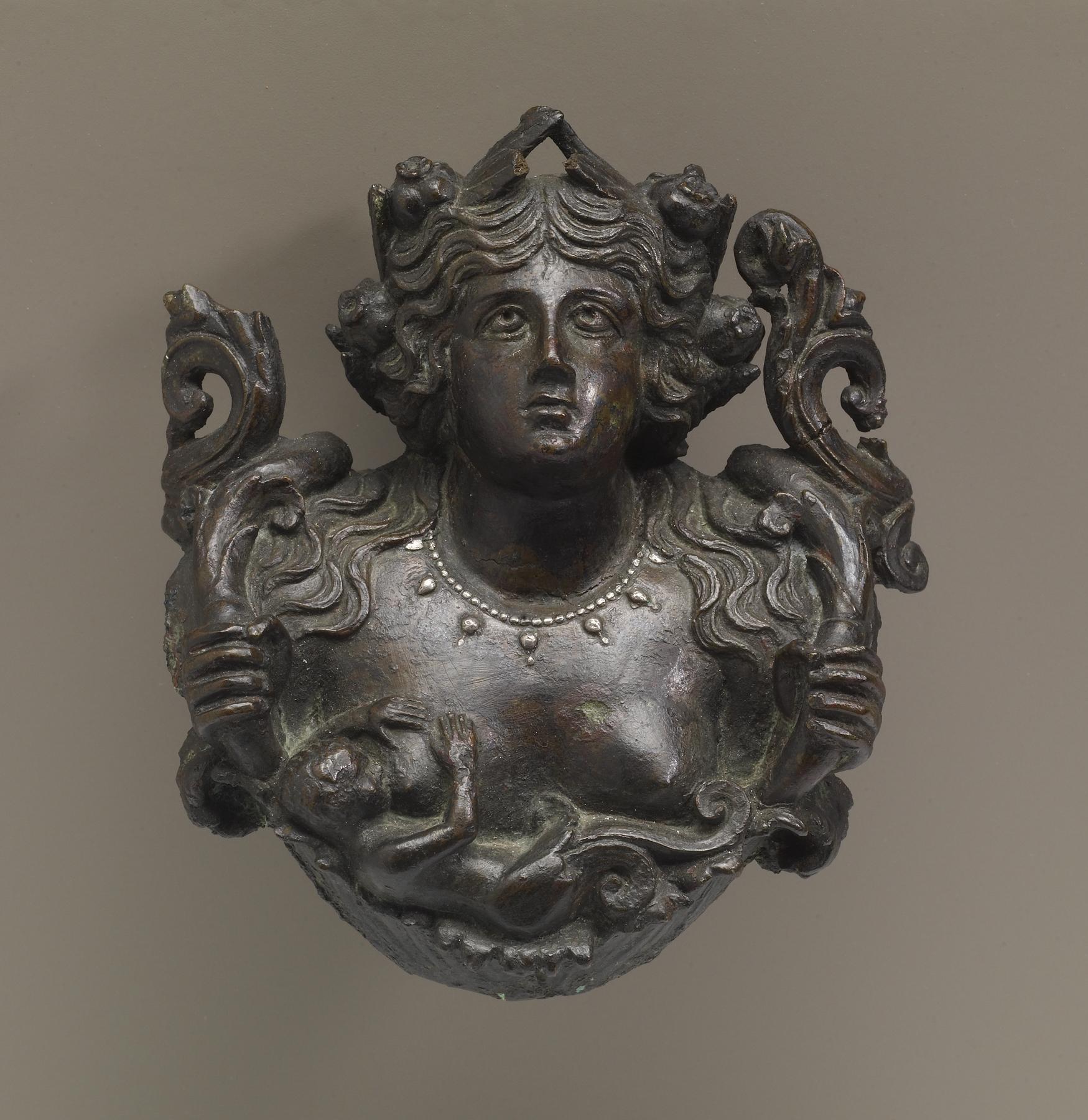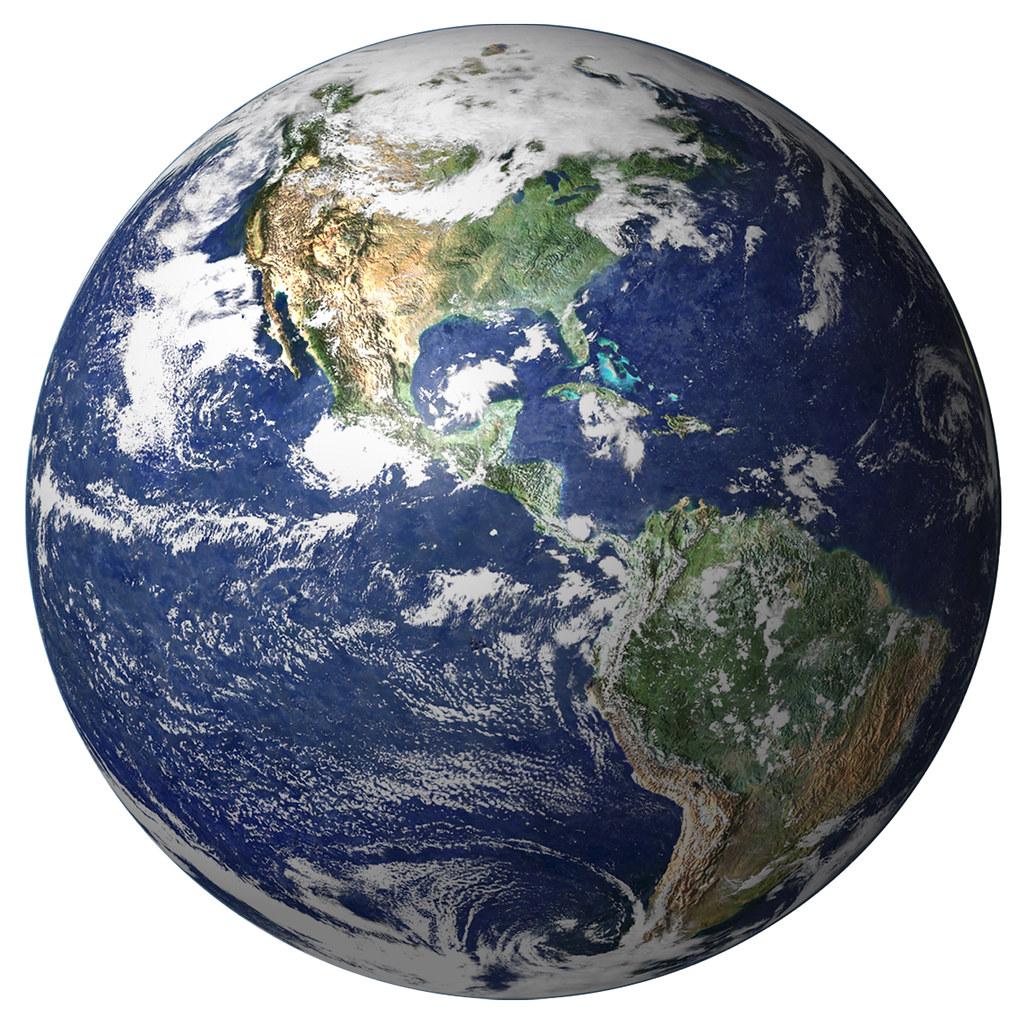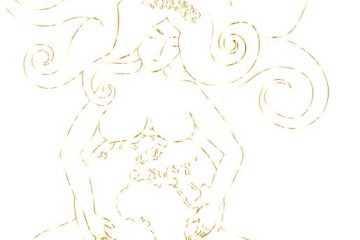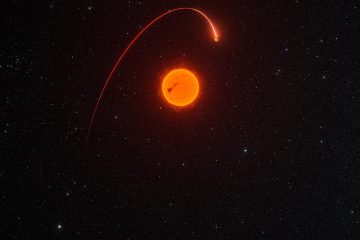In a world buzzing with scientific theories and complex concepts, the Gaia hypothesis emerges as a captivating beacon of interconnectedness and unity. Picture this: Earth as a living, breathing organism, where every element harmoniously dances in a symphony of balance and sustainability. Delve into the depths of the Gaia hypothesis – a thought-provoking theory that seeks to unravel the intricate web of life on our planet in beautifully simple terms. Join us on a journey where science meets philosophy, and discover the awe-inspiring wonders of Gaia in all its natural splendor.
Table of Contents
- Exploring the Gaia Hypothesis: A Beginner’s Guide
- Unpacking the Concept of Gaia in Layman’s Terms
- Understanding Earth as a Living Organism
- Practical Tips for Embracing Gaia’s Wisdom
- Q&A
- Key Takeaways
Exploring the Gaia Hypothesis: A Beginner’s Guide
The Gaia Hypothesis proposes that the Earth is a self-regulating system, where living organisms interact with their surroundings to maintain environmental conditions suitable for life. In simpler terms, it suggests that the planet itself behaves like a living organism, with various parts working together to create a balanced and stable environment. This idea challenges the traditional view of Earth as a passive, inert object, highlighting the dynamic and interconnected nature of life on our planet.
One of the key concepts of the Gaia Hypothesis is the idea of feedback loops, where changes in one part of the Earth system can have cascading effects on other parts. These feedback mechanisms help to regulate temperature, atmospheric composition, and other factors essential for life. By understanding these intricate connections, we can appreciate the Earth as a complex and delicately balanced system that sustains life. Embracing the Gaia Hypothesis can lead to a deeper respect for the interconnectedness of all living things and the importance of preserving the delicate equilibrium of our planet.
Unpacking the Concept of Gaia in Layman’s Terms
Have you ever wondered about the intricate interconnectedness of life on Earth and how all living organisms interact with their environments? The Gaia hypothesis proposes a fascinating perspective that views the Earth as a self-regulating system, almost like a living organism itself. This idea, named after the Greek goddess Gaia, suggests that the Earth’s biosphere and physical components are closely integrated to maintain the conditions necessary for life.
Imagine the Earth as a giant, self-sustaining entity where the atmosphere, oceans, and land work together in a harmonious balance to support life forms. From regulating the temperature to ensuring the composition of the atmosphere remains suitable for living creatures, this concept portrays Earth as a dynamic and intricate web of interactions. By recognizing the Earth as a unified and self-regulating system, the Gaia hypothesis highlights the delicate harmony that exists between all living and non-living components of our planet.

Understanding Earth as a Living Organism
Have you ever looked at the Earth and wondered if it’s more than just a planet? The Gaia hypothesis proposes just that – the Earth as a living organism in itself, where all living and non-living components interact to maintain the conditions for life. This fascinating concept suggests that the Earth functions as a self-regulating system, akin to a giant organism, keeping the balance and harmony necessary for life to thrive.
<p>One of the key ideas behind the Gaia hypothesis is the interconnectedness of all elements on Earth. From the oceans to the atmosphere to the forests, each part plays a vital role in supporting life on this magnificent planet. By viewing Earth as a living entity, we can better appreciate the intricate relationships between the environment and living organisms, highlighting the importance of conservation and sustainable practices to ensure the well-being of our shared home.</p>
Practical Tips for Embracing Gaia’s Wisdom
When looking to connect with Gaia’s wisdom in simple terms, consider grounding practices to align yourself with the Earth’s energy. Spend time outdoors barefoot, letting your feet touch the earth to feel its nurturing presence. Engaging in activities like gardening, hiking, or simply sitting under a tree can help you tap into Gaia’s abundant wisdom.
Another way to embrace Gaia’s wisdom is by practicing mindfulness in your daily activities. Take moments to appreciate the beauty of nature around you, whether it’s the chirping of birds, the rustling of leaves, or the gentle flow of a river. By slowing down and being present in the moment, you can open yourself up to receiving the teachings and guidance that Gaia has to offer.
Q&A
**Q&A: Exploring the Gaia Hypothesis in Simple Terms**
Q: What is the Gaia Hypothesis in a nutshell?
A: The Gaia Hypothesis proposes that the Earth functions as a single, self-regulating system that maintains conditions favorable for life.
Q: Who came up with the Gaia Hypothesis and when?
A: The term “Gaia Hypothesis” was coined by scientist James Lovelock in the 1970s.
Q: How does the Gaia Hypothesis relate to the concept of Mother Earth?
A: The Gaia Hypothesis draws parallels between the Earth and a living organism, suggesting that the planet behaves like a self-regulating entity, much like how living organisms maintain balance within their internal systems.
Q: What are some key examples of Gaia’s self-regulating mechanisms?
A: Examples of Gaia’s self-regulating mechanisms include the carbon cycle, ocean currents, and the atmosphere’s composition, which work together to sustain life on Earth.
Q: Does the Gaia Hypothesis have implications for environmental conservation?
A: Yes, understanding the Gaia Hypothesis can underscore the importance of preserving Earth’s natural systems and biodiversity for the well-being of all life forms on the planet.
Q: How is the Gaia Hypothesis viewed within the scientific community today?
A: While the Gaia Hypothesis remains a topic of debate among scientists, it has sparked valuable discussions on the interconnectedness of Earth’s systems and the delicate balance required to support life.
Key Takeaways
As we journey through the mysteries of our interconnected planet, the Gaia Hypothesis offers a profound perspective on the delicate balance of life on Earth. In its simplicity lies a profound message: that our planet is a living, breathing organism, where every creature, every tree, every drop of water plays a vital role in the grand symphony of nature. Embracing this notion invites us to revere and protect our home with a newfound reverence. So, as we marvel at the complexity of Gaia’s design, let us remember our duty to cherish and preserve this precious blue orb we call Earth. Let’s continue to explore, learn, and honor the intricate web of life that sustains us all.



0 Comments